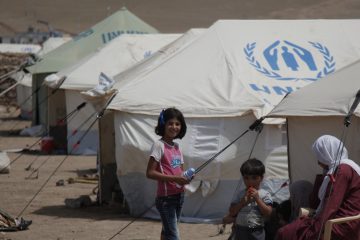
Overcoming challenges to the Inclusion of Persons with Disabilities in Emergencies
Including persons with disabilities in emergency responses is a shared responsibility of all humanitarian actors As discussed in the first article of this series, persons with disabilities have been overwhelmingly excluded from humanitarian aid in different crises worldwide. In general, services provided by governments and NGOs are not accessible to these individuals, increasing their vulnerabilities during emergency responses. Activists and NGOs, however, have been trying to change this unacceptable situation. Actors such as International Disability Alliance (IDA), International Disability and Development Consortium (IDDC), Humanity & Inclusion, Christian Blind Mission (CBM), HelpAge International, Light for the World, Sightsavers have been leading an international movement to guarantee that the needs of persons with disabilities are met during humanitarian crises. This article will introduce and contextualize these efforts, and …

Mass Demonstrations – a new challenge for humanitarian action?
If humanitarian agencies have been preoccupied with intra-state wars in the last twenty-five years, might they now have to refocus and respond to humanitarian needs around mass demonstrations? The rise in mass protests against dictators, mining companies and western media suggests they might. Mass demonstrations have been a significant part of political life for centuries. In France, eyewitness accounts of the protests supporting the Paris Commune in 1871 describe “waves of people” overpowering military positions. In Britain, some years later, the suffragettes brought 500,000 people to a mass protest in Hyde Park in 1908. Mass demonstrations were an essential part of the Indian independence movement against British imperialism in the first half of the twentieth century. In the second half …









